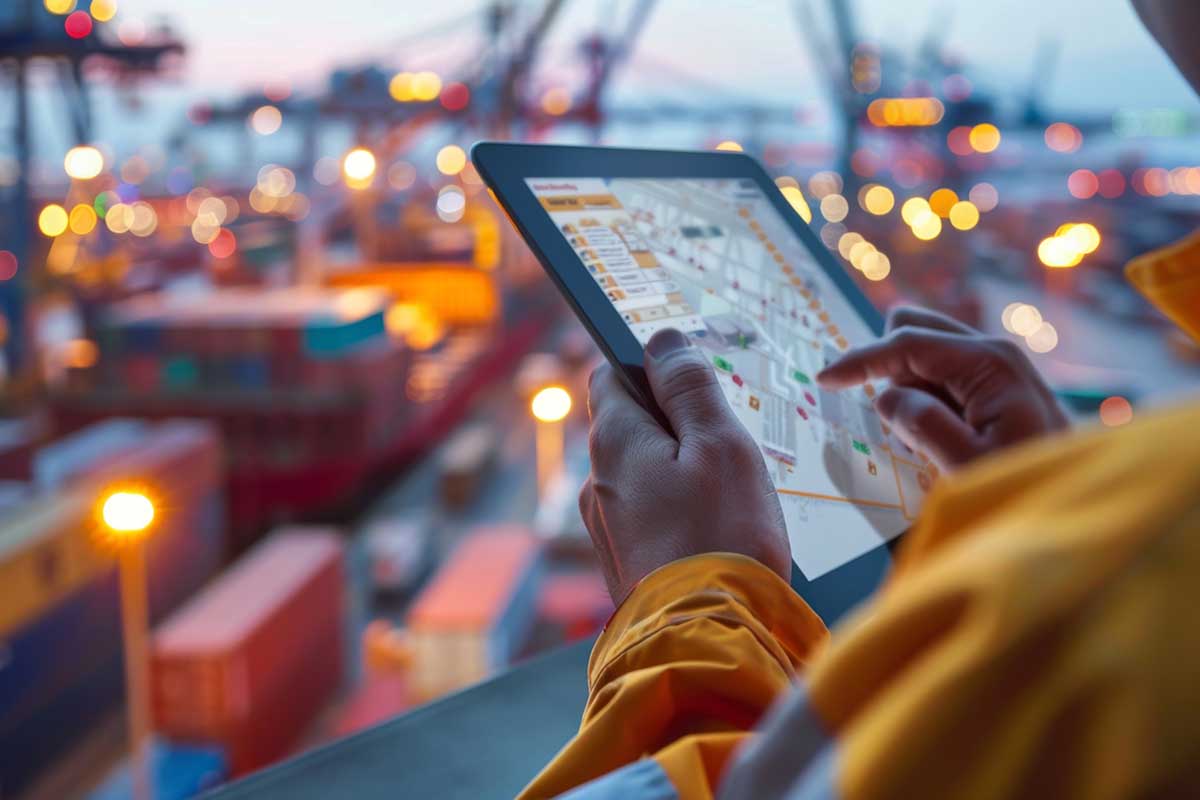What Is the Future of Maritime Communication?
Real-time communication is crucial for successful maritime operations.
Therefore, there is a need to improve communication devices and technologies for onboard communication.
The secret to improved maritime communication lies in identifying the challenges posed by the marine environment.
If manufacturers and innovators overcome these challenges, they will help improve efficiency and connectivity for boats and ships worldwide.
Fortunately, the leading marine communication device manufacturers use cutting-edge technologies to overcome challenges such as unpredictable weather and noise, which affect communication.
This article will discuss the present and future of communication in the harsh sea environment.
Overview of the Modern Maritime Communication Systems
The maritime communication system includes equipment like naval communication systems, maritime command and control, and communication systems for underwater vehicles.
Since many operations need inter-vehicle and internal communications, ships need reliable communication equipment to coordinate operations.
However, the marine communication equipment should meet the UL 1426 standards to ensure real-time exchange of information and timely decision-making.
The equipment is designed to withstand the harsh challenges in the maritime environment, including high moisture and temperature levels.
Similarly, underwater vehicles use innovative technologies, such as sonar and acoustic systems, to communicate effectively beneath the water surface.
These technologies keep changing to accommodate new inventions and improve connectivity.
The Importance of Maritime Broadcast Systems
Marine operations require timely dissemination of information to the people on the ship.
Effective communication is more important during emergencies, disaster response, and naval tactical operations.
The broadcast systems disseminate information as quickly as possible to the people on board whether they are above or below the deck.
With this system, crucial information such as warnings can reach all parties, including the crew, ensuring situational awareness.
The broadcast systems are usually weatherproof and blast-proof to ensure reliability despite the harsh marine environment.
Some systems have control panels and visual alarms for more effective and integrated communication.
The blend of visual and audio signals in modern broadcast systems demonstrates the zeal and dedication of the manufacturers to overcome maritime communication challenges.
Prevailing Maritime Communication Challenges
Despite the dedication of the tech giants to make reliable communication systems, the wet and noisy marine environment poses real challenges.
Here comes the importance of marine deck lights! Where sound does not work, light works
First, there is a need for systems that support real-time exchange of information.
Secondly, the communication channels should support secure and encrypted communication and withstand harsh weather conditions.
The maritime industry seeks to address these problems by integrating satellite technology and advanced radio technologies.
This will allow effective communication within vessels, between ships and shore-based command centers, and between ships.
The emerging equipment allows seamless communication between different devices and networks.
However, cybersecurity has become a major concern in maritime communication, especially in naval operations, where sensitive information should never land in the wrong hands.
Future of Maritime Communications
As manufacturers of communication devices advance their technologies, they will strive to address these challenges effectively.
The modern systems will integrate new technologies to ensure clear communication even in noisy environments.
Communication devices such as headphones and speakers will be more reliable and durable.
Besides, marine units managing land operations will have specialized communication solutions to ensure a seamless flow of information despite moving from sea-based to land-based equipment.
These are the anticipated future changes in maritime communication.
Understanding the existing challenges and how tech giants address them can help marine and naval entities use the right communication channels.
These changes will help improve communication and safety despite the harsh marine conditions.




















